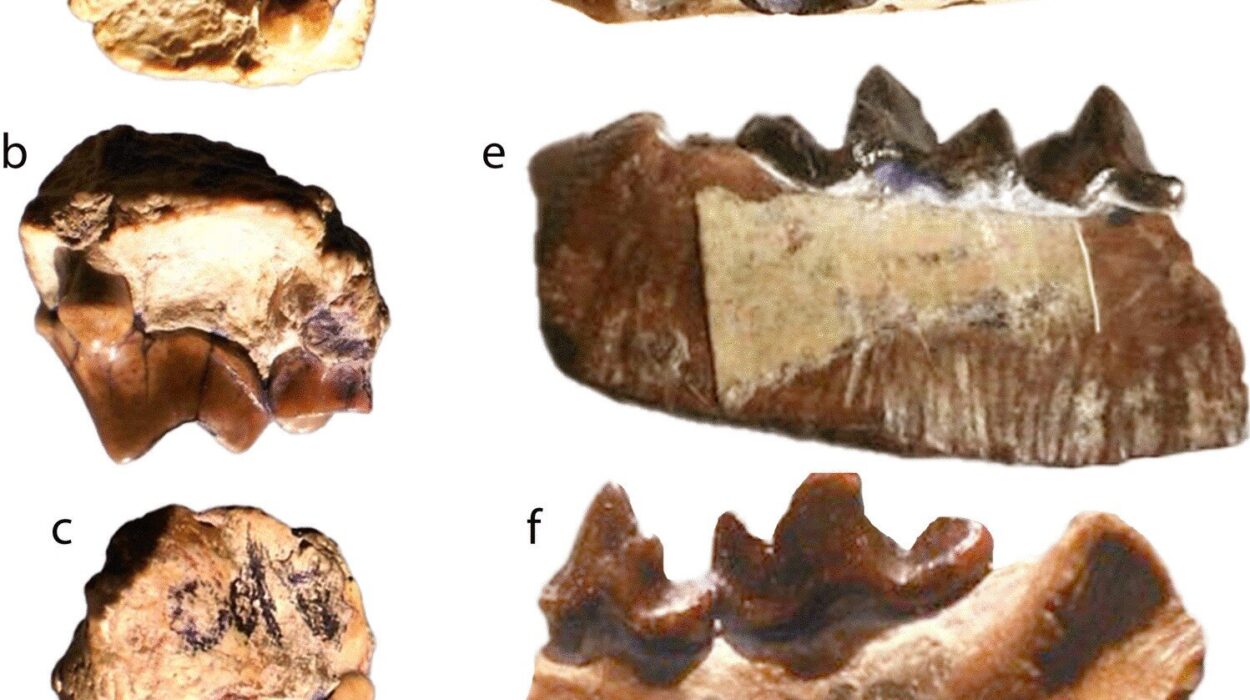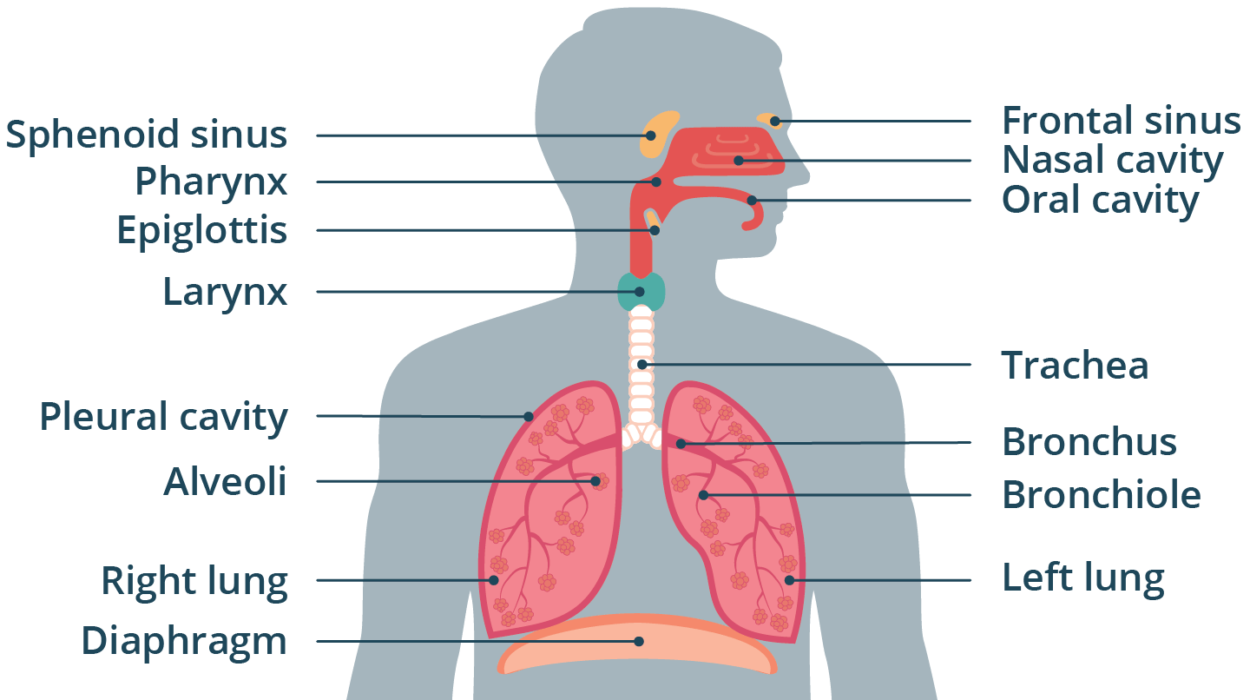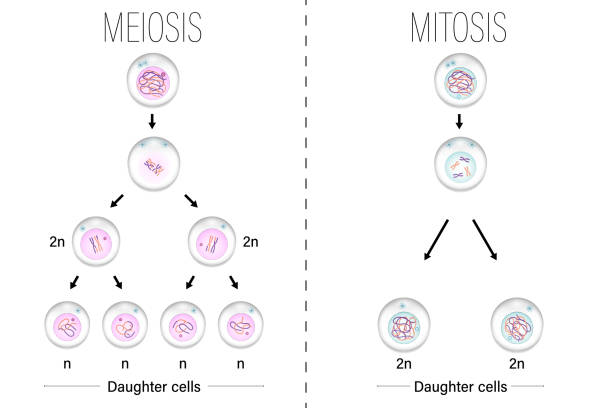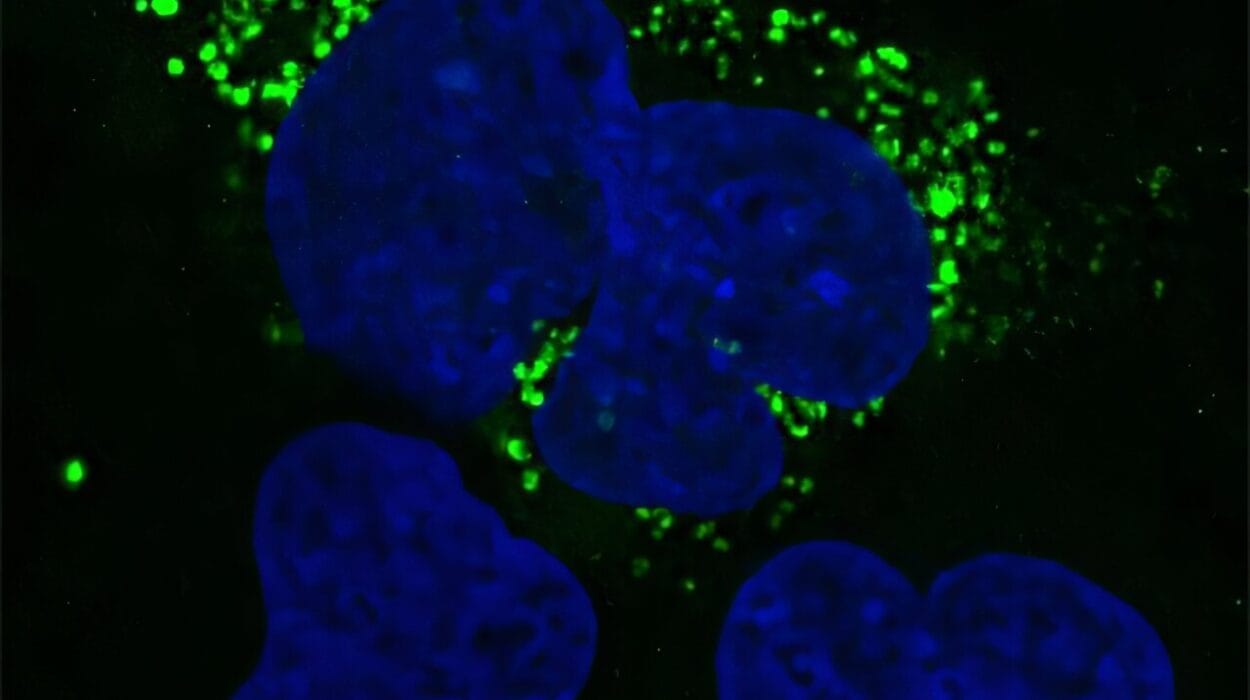In the complex symphony of biological signaling, few molecules strike as many notes as prostaglandin E2 (PGE2). As a bioactive lipid derived from arachidonic acid, PGE2 plays a central role in orchestrating inflammation, modulating pain, regulating blood pressure, and even shaping tumor environments. These far-reaching effects are not random; they are finely tuned through four molecular switches known as EP receptors—EP1, EP2, EP3, and EP4—each one a G protein-coupled receptor (GPCR) that interprets PGE2’s biochemical whispers into distinct cellular commands.
For years, scientists have possessed a high-definition map of how EP2, EP3, and EP4 transmit signals. Their structures have been frozen in atomic detail thanks to advances in cryo-electron microscopy (cryo-EM). But EP1, the first receptor discovered in the family, remained structurally mysterious—an elusive key to understanding how PGE2 achieves such receptor-specific effects. EP1’s instability made it a particularly tricky subject, evading structural capture like a shadow in motion.
Now, that mystery has finally been resolved.
A Structural Puzzle Completed
In a landmark study published in Proceedings of the National Academy of Sciences, researchers led by Dr. Eric H. Xu (Xu Huaqiang) and Dr. Xu Youwei from the Shanghai Institute of Materia Medica at the Chinese Academy of Sciences reported the first high-resolution structure of the human EP1 receptor. Using cryo-EM, the team visualized the EP1 receptor in complex with both its native ligand, PGE2, and the Gq protein, one of its intracellular signaling partners.
This achievement completes the structural atlas of the EP receptor family and sheds new light on how EP1 translates extracellular messages into cellular responses—insights with profound implications for drug development in areas ranging from pain management to oncology.
But how did they succeed where others failed?
Engineering Stability into a Molecular Acrobat
The EP1 receptor, like many GPCRs, is a dynamic and delicate protein embedded in the cell membrane. Its inherent flexibility—necessary for its function—renders it notoriously unstable outside of its native environment, especially when extracted for structural studies. To overcome this, the researchers developed an ingenious, multi-layered protein engineering strategy.
They began by fusing BRIL (apocytochrome b562RIL) into a portion of the receptor to stabilize its architecture. Then, they trimmed unstable loops, introduced a mini-Gq chimera to mimic the receptor’s natural Gq protein partner, and employed a NanoBiT-assisted stabilization system that acted like molecular Velcro to hold the complex together long enough to capture images.
The result? A cryo-EM structure resolved to an impressive 2.55 Å—fine enough to trace the positions of individual atoms, and to observe in exquisite detail how EP1 binds its ligand and couples to Gq.
A Different Tune: How EP1 Stands Apart
While all EP receptors share the ability to bind PGE2, each one sends signals via different G proteins, leading to varied physiological outcomes. EP2 and EP4, for example, signal through Gs, increasing cellular cAMP. EP3 usually couples to Gi, inhibiting cAMP. EP1, however, prefers Gq, leading to a rise in intracellular calcium—often triggering pain, muscle contraction, and vascular responses.
What the new structure reveals is that EP1’s method of activation is structurally distinct.
Whereas activation of EP2 through EP4 typically induces a significant outward movement of transmembrane helix 6 (TM6)—a hallmark of GPCR activation—EP1’s TM6 shifts only modestly, about 12° compared to the 18° seen in EP2–EP4. This smaller motion suggests a more restrained activation mechanism, hinting at a unique energy landscape for EP1-Gq signaling.
The binding pocket of EP1 also features an unusual constellation of amino acid residues: S421.42, H882.54, G922.58, and F3347.36. These form a distinct ligand-recognition motif not found in the other EP receptors. These subtle but crucial differences likely explain EP1’s specificity for Gq and its differential pharmacology, opening a new window into subtype-selective drug design.
A Receptor That Breaks the GPCR Mold
Perhaps most intriguingly, EP1 breaks several canonical rules of class A GPCRs. Most GPCRs contain a highly conserved DRY motif at the end of transmembrane helix 3, essential for activation and G protein engagement. EP1, however, lacks this sequence entirely. Instead, it features a cysteine at position 3.51, a rarity that may contribute to its unique signaling profile.
On the cytoplasmic side, EP1 engages Gq not only through conserved residues found in other Gq-coupled receptors, but also through novel, EP1-specific interactions. Residues such as R63 in the intracellular loop 1 (ICL1) and E2946.32 and Q2986.36 in helix 6 play vital roles in aligning the Gα5 helix of Gq within EP1’s intracellular cavity—a necessary step for signal transmission.
Moreover, the team found compensatory interactions, like those involving S692.35, which help stabilize the Gq coupling interface in the absence of other canonical contact points found in structurally related receptors like FP (prostaglandin F receptor) and TP (thromboxane receptor).
Why This Matters: From Bench to Bedside
This structural revelation is not just an academic victory—it has direct implications for the development of EP1-targeted therapeutics. Although all EP receptors respond to the same ligand, selectively targeting EP1 has remained challenging due to a lack of detailed structural information. That bottleneck has now been removed.
EP1 is known to play a role in neuropathic pain, hypertension, kidney dysfunction, and certain cancers. But designing drugs that hit EP1 without also affecting EP2–EP4 has been like trying to carve a sculpture with mittens on. Now, with the structure in hand, medicinal chemists can design precise, subtype-selective molecules that engage EP1’s unique binding pocket and activation mechanism.
Additionally, understanding EP1’s Gq engagement can help predict potential off-target effects and guide safer drug design—especially in areas where calcium signaling must be tightly controlled.
The Broader Landscape of GPCR Biology
This study also adds a vital piece to the growing mosaic of GPCR structural biology. GPCRs represent the largest class of drug targets in the human body, involved in everything from smell to mood to metabolism. Yet, each receptor subtype carries its own nuances—its own “accent” in the language of cellular communication.
By revealing the detailed structure of EP1, the researchers didn’t just finish a family portrait of EP receptors—they added a new dialect to the structural lexicon of GPCR signaling. And they did so using the cutting edge of imaging technology, overcoming technical hurdles that just a decade ago would have seemed insurmountable.
A Blueprint for the Future
The implications of this work go far beyond EP1. It provides a blueprint for stabilizing and solving other structurally elusive GPCRs, many of which are important drug targets but remain intractable due to instability. The team’s approach—combining receptor engineering, mini-G protein fusion, and advanced cryo-EM—is likely to become a template for future structural studies in the GPCR field.
Furthermore, the EP1 structure now allows for virtual screening, structure-based drug design, and AI-driven ligand modeling, all of which can significantly accelerate the pace of drug discovery. As computational tools become more sophisticated, having high-resolution templates like EP1 becomes increasingly valuable.
A New Chapter in Prostaglandin Pharmacology
It’s ironic, perhaps poetic, that EP1—first among equals in the EP receptor family—was the last to give up its secrets. But in the process, it may turn out to be the most illuminating of them all.
By revealing how EP1 uniquely binds PGE2 and couples to Gq, this study not only deepens our molecular understanding of prostaglandin biology but also opens new doors to precision therapeutics for pain, inflammation, and beyond.
In science, the most stubborn mysteries often yield the richest rewards. And thanks to a decade of persistence, innovation, and atomic-level clarity, we now see EP1 for what it truly is: a master regulator of cell signaling, with structural quirks that are both elegant and exploitable.
The final gate has been opened. Now, it’s up to medicine to walk through it.
Reference: Xue Meng et al, Structural insights into the activation of the human prostaglandin E 2 receptor EP1 subtype by prostaglandin E 2, Proceedings of the National Academy of Sciences (2025). DOI: 10.1073/pnas.2423840122






